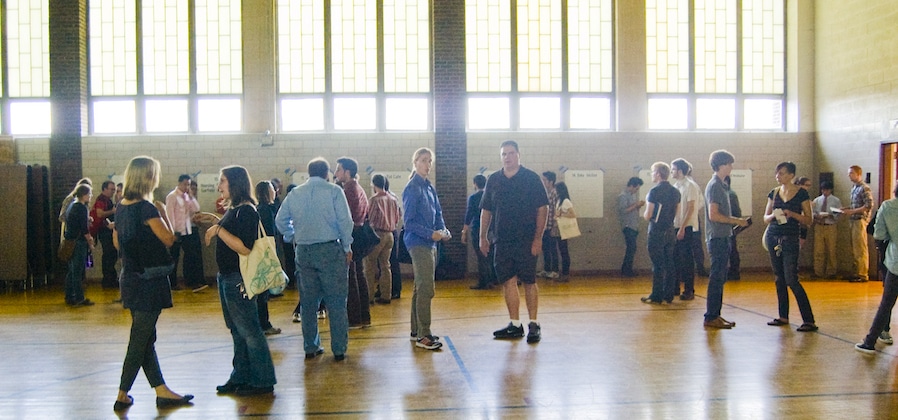
Impact investing is a relatively new phenomenon. Community-minded entrepreneurs who strive to be socially responsible are independently coming up with innovative solutions to solve or alleviate problems across the country. They are tackling issues like housing insecurity, the deleterious effects of suburban sprawl and environmental concerns related to housing. While every project is different, there is a game plan that developers can follow to make sure they are heading down the right path towards a socially responsible project.
Make the case
Every essay starts with a thesis, and so should an impactful development project. Onboarding investors and other stakeholders should always begin with a plan. Developers need to make the case for why and how the development in question will change lives for the better, while meeting or exceeding investor return on investment goals and matching their appetite for risk (or lack thereof). This process should include environmental and economic impact studies, as well as a clear explanation to current residents about how the project will preserve and enhance their neighborhood, rather than displace residents and lower their quality of life.
Build a coalition
Once the roadmap is in place, it’s time to build a coalition. This should include current neighborhood residents, local business owners, elected officials and real estate and development financial institutions. Recruiting stakeholders and including them in your vision can not only help avoid costly delays that can come from neighborhood opposition, but also genuinely speak to your desire to make meaningful change. You want allies, not opponents.
Your goal should be to create a community of impact investors, with a focus on embracing design, art, cultural and environmental concerns. By connecting like-minded developers and investors in the community you will help ensure the success of the project at hand, as well as plant seeds and forging connections for the next series of transformative development projects.
Bring investable products to market
And last, but not least, you must bring investable products to market. Make it easy for investors to deploy capital into your socially responsible project. You’ll find many of the partners in the coalition you have built may be interested in participating as investors, particularly development finance institutions, since now they have a stake in it. They can leverage their AAA ratings, underwriting abilities and loan management services to ensure a clear path forward to a well-capitalized real estate development.
Setting the stage for the future
This process transcends any single project or development. To truly make an impact as an investor, you must work towards making structural changes, and the best way to do this is by building a mass movement. There is incredible economic power in leveraging social networks, like Facebook, LinkedIn, and other platforms like this since they are geared towards the masses. The presence of accredited investors and developers will only have a multiplying effect on the economic value that your social network brings.
_
Impact investing is by nature more complex than traditional return-driven real estate development. Not only do developers need to set and hit ROI goals, they need to do so with social responsibility in mind. Unfortunately, government incentives and regulations do not always reward making the right choice. For example, tiny houses might not be permitted under some zoning and building regulations – although the market is clearly interested in them and they can be an affordable and environmentally friendly housing solution. By not permitting tiny houses, developers are driven to produce housing that is the same as the housing we’ve built since Levittown.
To be successful as an impact investor, you have to be smarter, more creative and nimbler than most. Having a game plan really helps. These three important steps – making your case, building your coalition, and bringing impactful investable products to market – may be critical to your success and the future of the community you are working in.
Image, Garfield Community Meeting, courtesy of Eve Picker.
